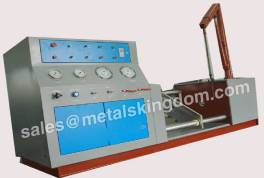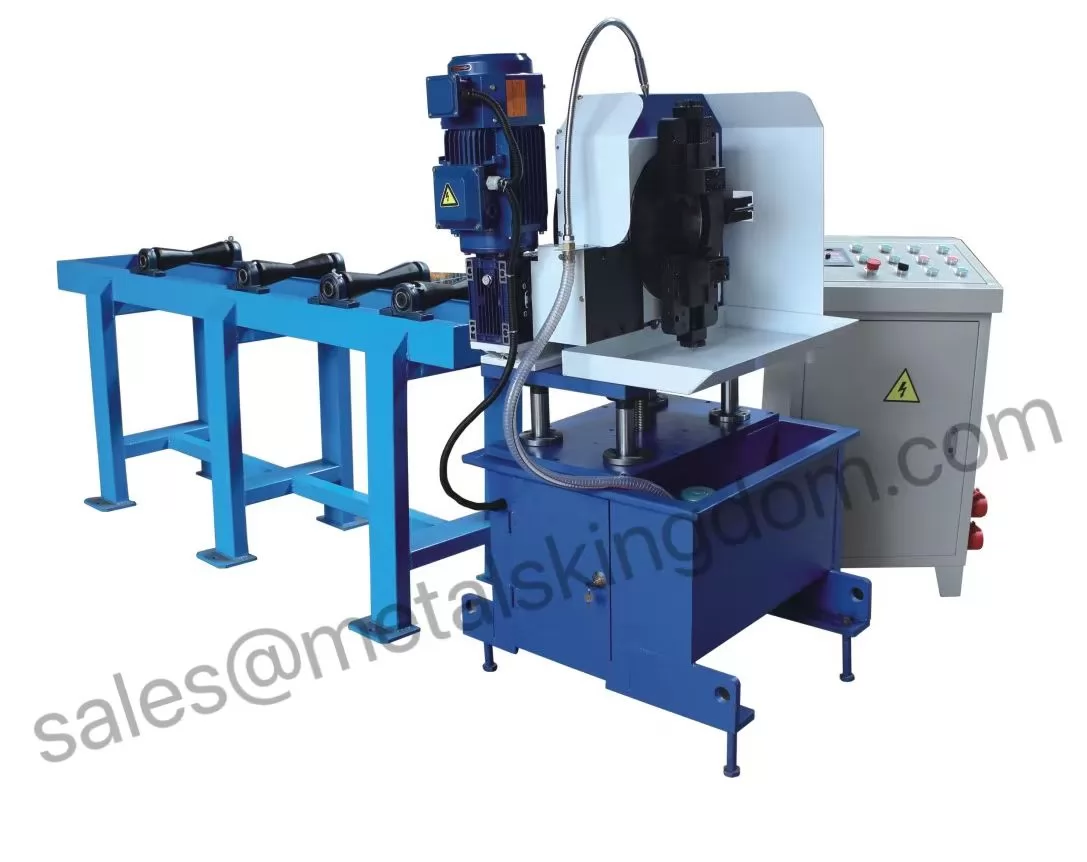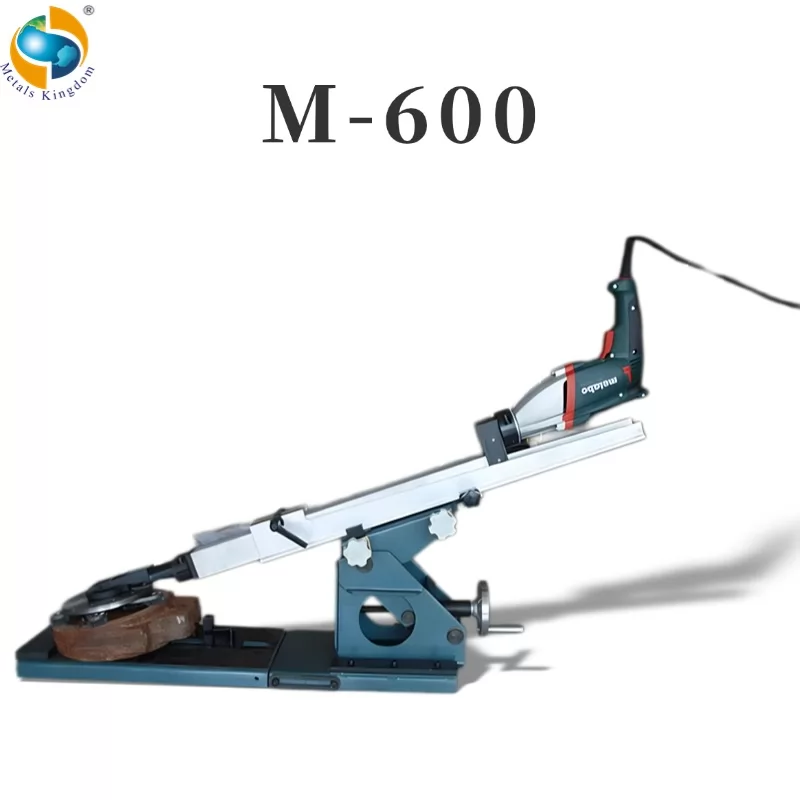Due to the wide variety of valve doors on the market, the applications of valves in different industries are different. How to produce qualified valves that meet the needs has become a major problem for valve manufacturers. How to test and check the performance of the valves to ensure the valve's qualification and Relevant standards will require corresponding valve testing equipment. Now the Valve Test Bench Supplier will briefly describe the types of valve testing equipment.
1. Safety valve test stand, suitable for safety valve test stand, suitable for performance test of setting pressure, reseating pressure, and tightness of direct load type and pilot type safety valve.
2. The valve strength test bench is suitable for pressure testing and inspection of various instrument valves, industrial gas cylinder valves, fire gas cylinder valves, and other products.
3. Valve life test bench, suitable for testing and testing of various instrument valves, industrial gas cylinder valves, fire gas cylinder valves, and other products;
4. Valve airtightness testing machine, suitable for performance test of setting pressure, reseating pressure and tightness of direct load type and pilot type safety valve;
5. Valve static pressure life test bench, suitable for the static pressure life test of various globe valves, plug valves, check valves, ball valves, regulating valves, valve blocks and other high-pressure valves and instrument valves;
6. Applicable scope of valve flow characteristic testing machine: The system is suitable for the flow characteristics of valves and instruments such as quick connectors, solenoid valves, ball valves, needle valves, regulating valves, etc., and the flow system cV value;
7. Gas cylinder valve performance test bench, suitable for all types of gas cylinder valves] Various performance tests meet the functional and type tests of gas cylinder valves by production units, scientific research institutes, and testing institutions;
8. Pulse vibration comprehensive test bench;
9. Other testing equipment.
The valve test medium is generally normal temperature water, and kerosene can be used for important valves. For the safety valve constant pressure test, nitrogen can be used as a more stable gas, or steam or air can be used instead. For diaphragm valves, use air as the test. Regardless of whether you are using a new valve or a repaired valve, you must pressure test and leak test before installation.
Valve] Pressure test refers to the valve body strength test. Valve leak test refers to the sealing surface tightness test. These two tests are to check the main performance of the valve.
9. Other testing equipment.
The valve test medium is generally normal temperature water, and kerosene can be used for important valves. For the safety valve constant pressure test, nitrogen can be used as a more stable gas, or steam or air can be used instead. For diaphragm valves, use air as the test. Regardless of whether you are using a new valve or a repaired valve, you must pressure test and leak test before installation.
Valve pressure test refers to the valve body strength test. Valve leak test refers to the sealing surface tightness test. These two tests are to check the main performance of the valve.

Valve Testing Bench
There are three steps for valve pressure test and valve leak test using a valve testing bench:
1. Open the valve passage, fill the valve cavity with water (or kerosene), and increase the pressure to the pressure required by the strength test, check the valve body, bonnet, gasket and packing for leakage.
2. Close the valve circuit, pressurize to nominal pressure on one side of the valve, and check for leakage from the other side.
3. Turn the valve upside down and test the opposite side.
1. The nominal pressure of the valve test pressure is from 0.4Mpa to 32Mpa, these commonly used pressure valves, the valve [door strength test pressure is 1.5 of its nominal pressureTimes. The valve sealing test pressure is equal to 1.1 times the nominal pressure.
2. Valve test method
The pressure test and leak test of the valve shall be carried out on the valve test stand. Valve [The structure of the test bench. There is a pressing part on the test bench, and a pipeline communicating with the pressure test pump below. After pressing the valve tightly, the pressure test pump works. From the pressure gauge of the pressure test pump, you can read the number that the valve is under pressure. When the valve is tested for pressure and filled with water, empty the valve = air. The pressure plate on the upper part of the test stand has a vent hole, which is opened and closed with a small valve] The sign of clean air is that all the water coming out of the exhaust hole is water. After closing the vent, the pressure is increased. The boosting process should be slow and not sharp. After reaching the specified pressure, keep it for 3 minutes, the pressure does not change to pass.












